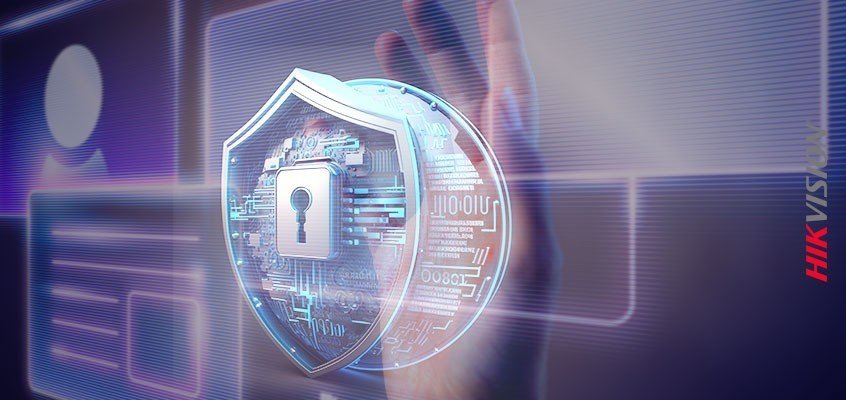Recent Survey Shows Software Vulnerabilities Remain a Threat, Hikvision’s Best Practices Can Enhance Your Cybersecurity

Vulnerabilities are bugs, flaws, or weaknesses in applications, operating systems, and software components that can be exploited by threat actors. Specifically, software vulnerabilities are a big concern in the cybersecurity world. Security Magazine recently released an article about the 2023 Cybersecurity Assessment Report from Bitdefender showing that software vulnerabilities remain a top threat concern by most of the respondents.
Some of the key findings from the Security Magazine article include:
- More than 42% of the total IT/security professionals said they have been told to keep a breach confidential when they knew it should be reported.
- 52% said they have experienced a data breach or data leak in the last 12 months.
- Over half of the respondents agree they are worried about their company facing legal action due to a breach being handled incorrectly.
- 43% said the greatest challenges are the extending capabilities across multiple environments and the complexity of security solutions.
- All respondents stated using a managed security provider is a critical element of their security programs.
Hikvision offers tips to help companies structure their vulnerability management process to develop a well-informed approach and reduce risk. One important resource is the Hikvision white paper about understanding vulnerabilities. This paper addresses three basic types of software that are all susceptible to vulnerabilities. You can find this valuable white paper at this link.
Hikvision’s HikWire blog can also help you understand best practices when it comes to software vulnerabilities. Even when you are up to date with patches, it is likely that you are running vulnerable software but just haven’t found all of the vulnerabilities yet. This is why managing vulnerabilities is essential, and should be part of an ongoing program within your organization. Read our Vulnerability Disclosure Program post and the Vulnerability Management post to learn more.
As always, visit our online cybersecurity center, which contains multiple resources to help you learn how to best protect yourself and your organization.
